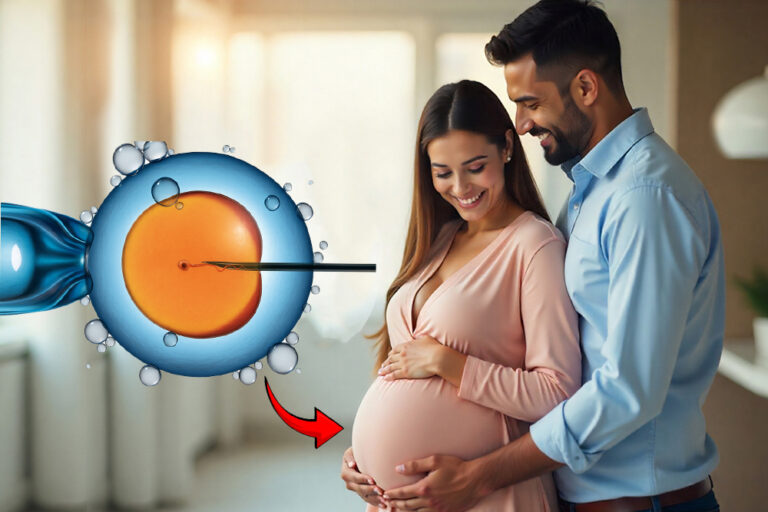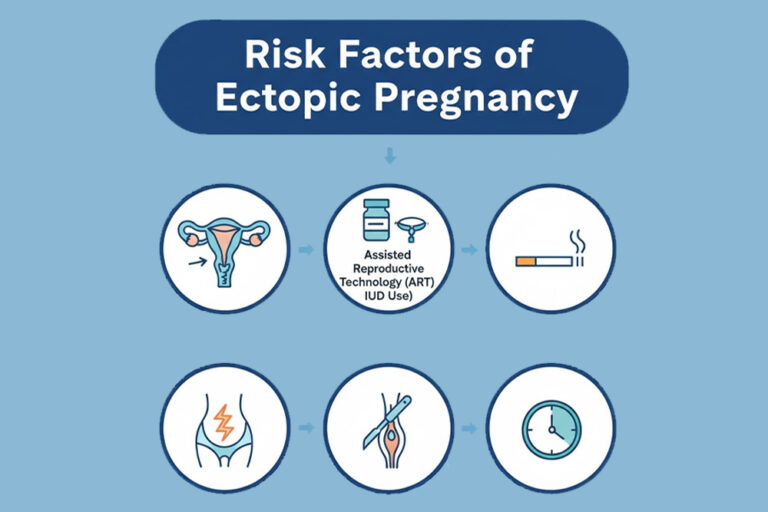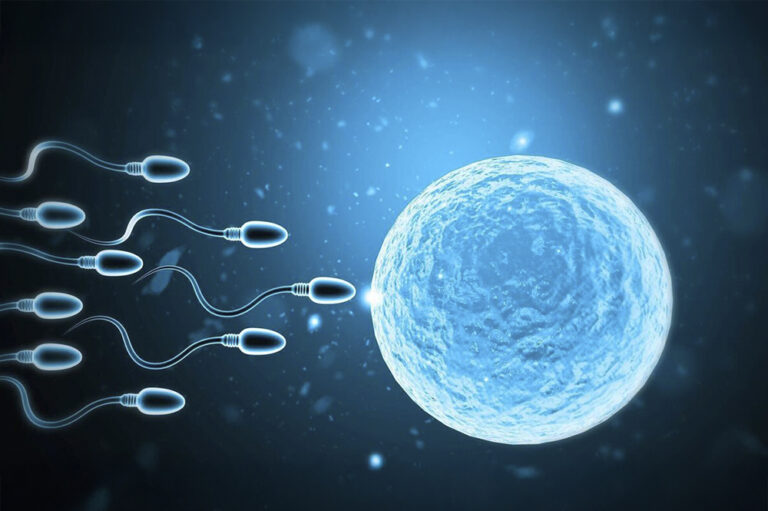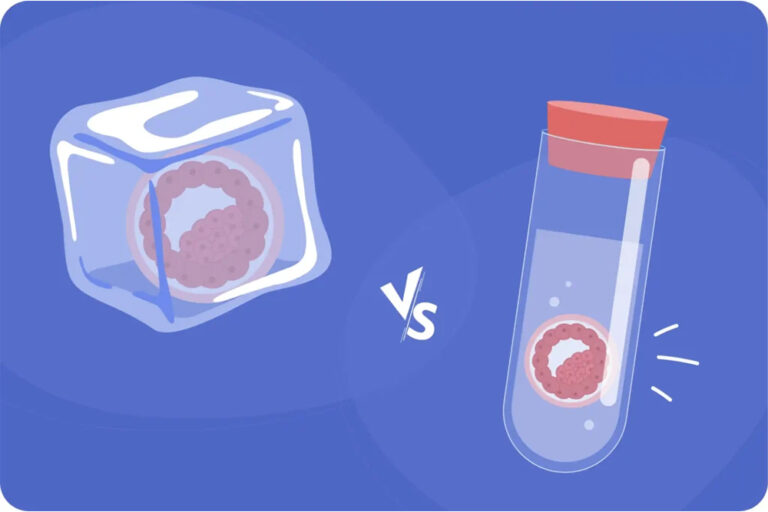In vitro fertilization (IVF) is one of the most widely used fertility treatments across the globe, offering new hope to couples who struggle with conception. As more people opt for assisted reproductive technology (ART), a common question arises: “Does IVF increase the chances of having twins?”
The answer is yes, IVF can significantly raise the odds of having twins or even triplets, but it’s not always intentional — and it comes with both benefits and risks.
Let’s explore why this happens, how common it is, what the medical risks are, and how clinics are adapting to make IVF safer and more predictable.
🔬 Why IVF Can Lead to Twin Pregnancies
Twin pregnancies occur when two embryos implant successfully in the uterus or when a single fertilized egg splits into two, resulting in identical twins. In natural conception, the twin birth rate is about 1.2%. With IVF, that number can be 5–30%, depending on how the treatment is conducted.
🔹 1. Multiple Embryo Transfer
Traditionally, fertility specialists transferred more than one embryo into the uterus to improve the chances of success, especially in older women or those with previous failed IVF cycles. If both embryos implant and develop, a twin pregnancy results.
🔹 2. Ovarian Stimulation
IVF often involves stimulating the ovaries using hormone injections to produce multiple eggs. This may result in superovulation, where more than one egg is released and fertilized, leading to a higher chance of twins or multiples.
🔹 3. Improved Embryo Selection and Transfer Timing
Modern IVF allows precise selection of high-quality embryos and optimized timing for implantation. This increases the likelihood that multiple embryos may successfully implant if transferred together.
📈 How Common Are Twins with IVF?
Natural conception twin rate: ~1 in 80 pregnancies
IVF twin rate (with multiple embryo transfer): 15% to 30%
IVF twin rate (with single embryo transfer): Less than 2%
As IVF techniques improve and Single Embryo Transfer (SET) becomes more common, the twin rate from IVF is gradually decreasing — to reduce maternal and fetal complications.
⚠️ Health Risks of Twin or Multiple Pregnancies
While many couples may view twins as a “two-in-one” blessing, multiple pregnancies carry more health risks compared to singleton pregnancies. These include:
For the Mother:
Gestational diabetes
Pre-eclampsia (high blood pressure)
Increased risk of Cesarean section
Excessive weight gain and fatigue
For the Babies:
Preterm birth (more than 50% of twins are born before 37 weeks)
Low birth weight
Increased NICU admissions
Greater risk of birth complications and developmental delays
✅ How Clinics Reduce the Risk of Twins in IVF
Thanks to advancements in reproductive medicine, many fertility clinics are now taking steps to avoid unintentional twin or multiple pregnancies.
🔸 1. Single Embryo Transfer (SET)
Especially recommended for younger women (under 35) with good quality embryos. This greatly reduces the chance of multiples without compromising success rates.
🔸 2. Embryo Freezing
Instead of transferring multiple embryos at once, excess embryos can be frozen for future use — helping achieve a healthy singleton pregnancy now and preserving fertility for later.
🔸 3. Individualized Treatment
Clinics assess each patient’s age, fertility history, and response to medication to decide the ideal number of embryos to transfer.
🗣️ Real-World Example
Consider a 32-year-old woman undergoing her first IVF cycle. Her doctor might suggest transferring a single embryo to reduce the risk of twins and increase safety. If that embryo doesn’t lead to pregnancy, another frozen embryo transfer (FET) can be done in the next cycle, rather than risking complications with twins from the start.
💬 Final Thoughts
While IVF does increase the chances of having twins, especially when multiple embryos are transferred, it’s not always the best or safest option. Multiple pregnancies carry increased risks, and many fertility experts now focus on achieving a healthy singleton birth rather than multiple births.
If you are considering IVF or are in the middle of your fertility journey, have an open discussion with your doctor about embryo transfer options. Ask about the benefits of Single Embryo Transfer and understand the risks involved in carrying multiples. After all, the goal of IVF is not just pregnancy — it’s a healthy baby and a healthy mother.










